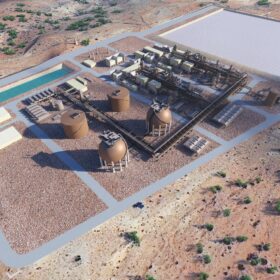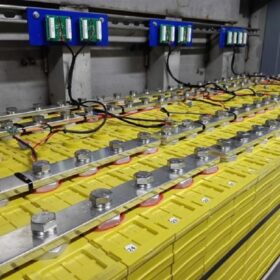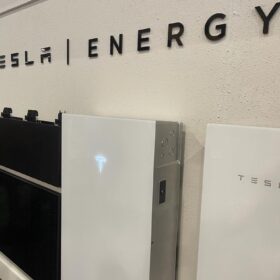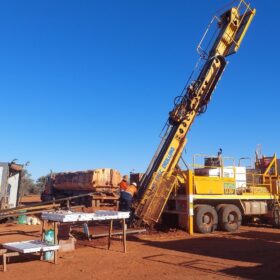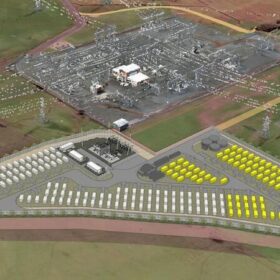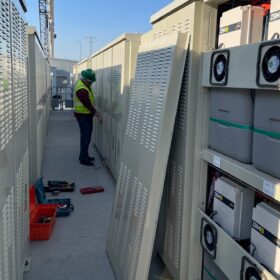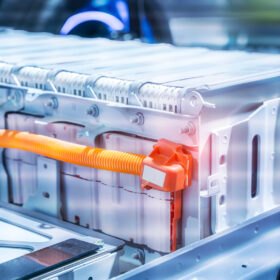Researchers developing cheap hydrogen storage
Oxford Institute for Energy Studies researchers have developed a cost-effective material to absorb hydrogen at non-cryogenic temperatures, which they consider optimal for fuel cell storage systems.
EV sharing to provide stationary storage services via V2G tech
We Drive Solar and MyWheels have announced plans to transform the Dutch city of Utrecht into the world’s first municipality with a “neighbourhood battery on wheels.” The system will feature 25 Ioniq 5 vehicles equipped with vehicle-to-grid (V2G) tech from Hyundai Motor.
Hydrostor strikes deal for Australia’s first compressed air energy storage facility
Hydrostor has penned a deal with Australian miner Perilya to build a 200 MW/1,600 MWh advanced compressed air energy storage facility in a disused mine cavity near Broken Hill in western New South Wales.
Not all ‘lithium-ion’ batteries carry the same risks
As the energy storage trend unfolds, stories litter the media landscape about lithium-ion batteries catching fire, and even exploding. It’s a valid concern, and the time for consumers to understand a basic truth about lithium-ion batteries is long past due.
Tesla proposes battery storage factory in India
Tesla has submitted a proposal to the Indian government to set up a Powerwall battery storage factory in India.
Vanadium miners merge to make most of battery mineral
Vanadium explorers Technology Metals Australia and Australian Vanadium Limited will look to accelerate the development of the critical battery mineral in Western Australia after agreeing to a merger of their adjoining projects in the state’s mid-west.
Neoen gets nod for first big battery in Tasmania
French renewable energy giant Neoen has been given the green light for another grid-scale battery in Australia with Tasmania’s Northern Midlands Council unanimously approving plans for a 280 MW/560 MWh battery energy storage system to be built in the island state’s mid-north.
Redflow wins major contract with US Department of Defence
Brisbane-based flow battery company, Redflow, has inked $4.4 million a deal with the US Department of Defence to deliver a prototype microgrid at a New York state airbase, with up to 1.4 MWh of zinc-bromide battery storage.
$1 billion in battery system, inverter contracts for Collie & Kwinana big batteries awarded by WA government
The Western Australian government has awarded contracts for its 500 MW / 2,000 MWh big battery in Collie and the 200 MW / 800 MWh extension to the existing Kwinana battery. China’s CATL is set to deliver the battery units for both projects, while Spain’s Power Electronics will supply inverters.
Lithium-ion batteries: NMC, LFP, LTO – what’s the difference?
With battery storage such a crucial aspect of the energy transition, lithium-ion (li-ion) batteries are frequently referenced but what is the difference between NMC (nickel-manganese-cobalt), LFP (lithium ferro-phosphate), and LTO (lithium-titanium-oxide) devices and their underlying chemistry?


